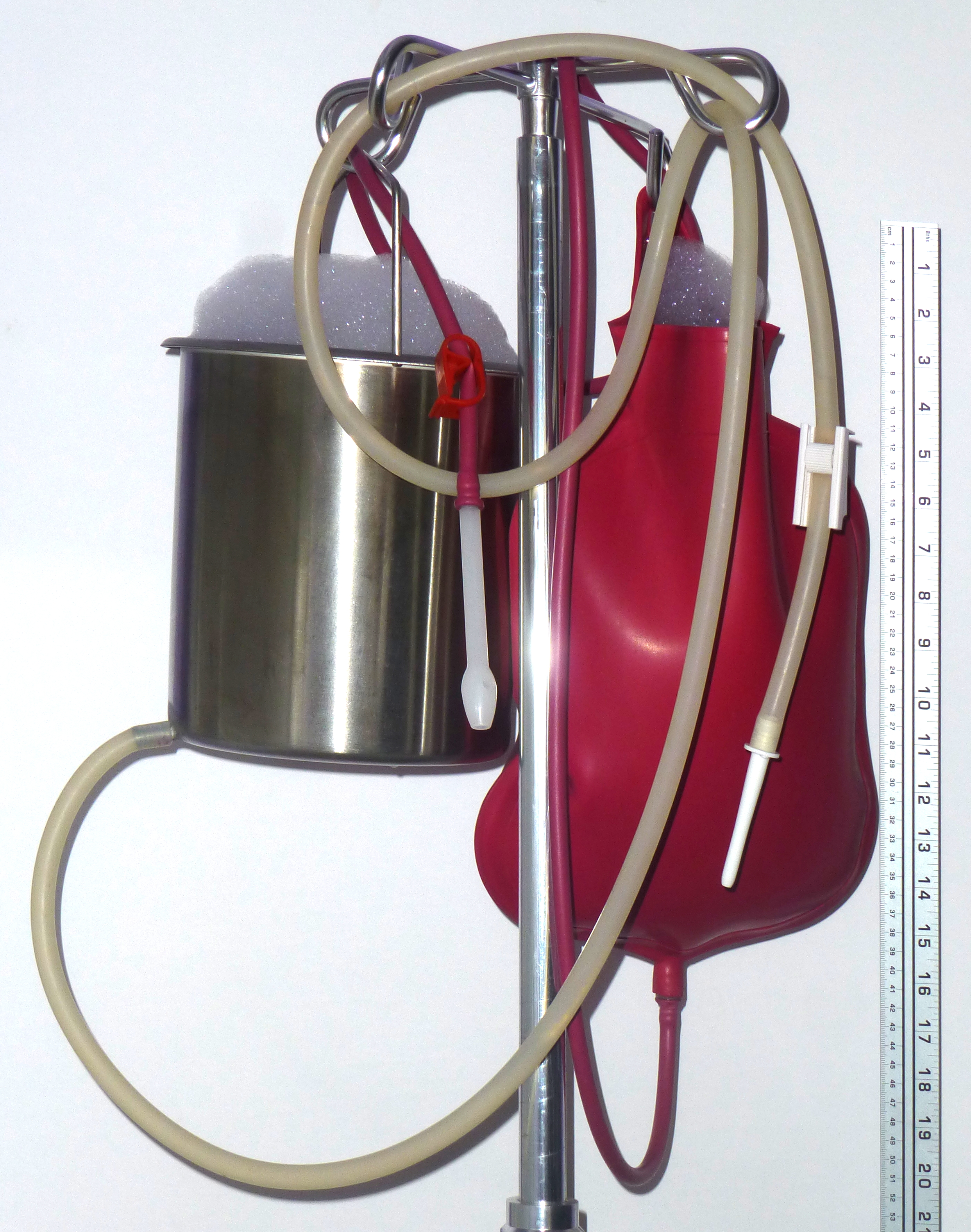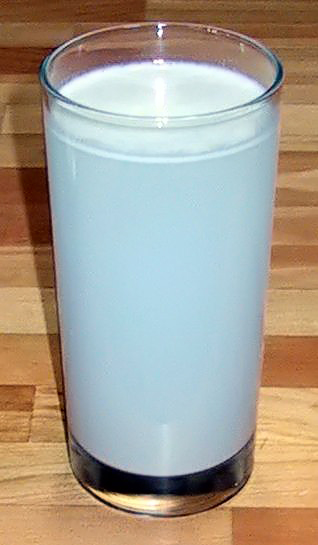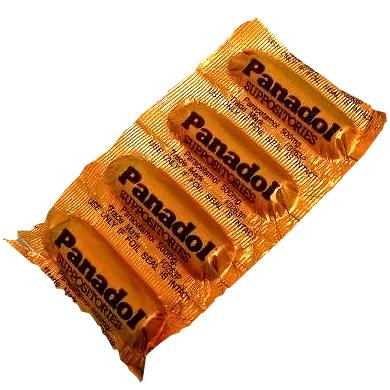|
Enteral Administration
Enteral administration is food or drug administration via the human gastrointestinal tract. This contrasts with parenteral nutrition or drug administration (Greek ''para'', "besides" + ''enteros''), which occurs from routes outside the GI tract, such as intravenous routes. Enteral administration involves the esophagus, stomach, and small and large intestines (i.e., the gastrointestinal tract). Methods of administration include oral, sublingual (dissolving the drug under the tongue), and rectal. Parenteral administration is via a peripheral or central vein. In pharmacology, the route of drug administration is important because it affects drug metabolism, drug clearance, and thus dosage. The term is from Greek ''enteros'', "intestine". Forms Enteral administration may be divided into three different categories, depending on the entrance point into the GI tract: oral (by mouth), gastric (through the stomach), and rectal (from the rectum). (Gastric introduction involves the use of ... [...More Info...] [...Related Items...] OR: [Wikipedia] [Google] [Baidu] |
Suppository
A suppository is a dosage form used to deliver medications by insertion into a body orifice where it dissolves or melts to exert local or systemic effects. There are three types of suppositories, each to insert into a different sections: rectal suppositories into the rectum, vaginal suppositories into the vagina, and urethral suppositories into the urethra of a male. Suppositories are ideal for infants, elderly individuals and post-operative patients, who are unable to swallow oral medications, and for individuals experiencing severe nausea and/or vomiting. Composition Several different ingredients can be used to form the base of a suppository: cocoa butter or a similar substitute, polyethylene glycol, hydrogels, and glycerinated gelatin. The type of material used depends on the type of suppository, the type of drug, and the conditions in which the suppository will be stored. Rectal suppositories In 1991, a study on suppository insertion in ''The Lancet'' found that the "torpe ... [...More Info...] [...Related Items...] OR: [Wikipedia] [Google] [Baidu] |
OROS
The osmotic-controlled release oral delivery system (OROS) is an advanced controlled release oral drug delivery system in the form of a rigid tablet with a semi-permeable outer membrane and one or more small laser drilled holes in it. As the tablet passes through the body, water is absorbed through the semipermeable membrane via osmosis, and the resulting osmotic pressure is used to push the active drug through the laser drilled opening(s) in the tablet and into the gastrointestinal tract. OROS is a trademarked name owned by ALZA Corporation, which pioneered the use of osmotic pumps for oral drug delivery. Rationale Pros and cons Osmotic release systems have a number of major advantages over other controlled-release mechanisms. They are significantly less affected by factors such as pH, food intake, GI motility, and differing intestinal environments. Using an osmotic pump to deliver drugs has additional inherent advantages regarding control over drug delivery rates. This al ... [...More Info...] [...Related Items...] OR: [Wikipedia] [Google] [Baidu] |
Enema
An enema, also known as a clyster, is an injection of fluid into the lower bowel by way of the rectum.Cullingworth, ''A Manual of Nursing, Medical and Surgical'':155 The word enema can also refer to the liquid injected, as well as to a device for administering such an injection. In standard medicine, the most frequent uses of enemas are to relieve constipation and for bowel cleansing before a medical examination or procedure; also, they are employed as a lower gastrointestinal series (also called a barium enema), to treat traveler's diarrhea, as a vehicle for the administration of food, water or medicine, as a stimulant to the general system, as a local application and, more rarely, as a means of reducing temperature, as treatment for encopresis, and as a form of rehydration therapy (proctoclysis) in patients for whom intravenous therapy is not applicable. In other contexts, enemas are used by some alternative health therapies, used for enjoyment, chiefly as part of sexual ... [...More Info...] [...Related Items...] OR: [Wikipedia] [Google] [Baidu] |
Suspension (chemistry)
In chemistry, a suspension is a heterogeneous mixture of a fluid that contains solid particles sufficiently large for sedimentation. The particles may be visible to the naked eye, usually must be larger than one micrometer, and will eventually settle, although the mixture is only classified as a suspension when and while the particles have not settled out. Properties A suspension is a heterogeneous mixture in which the solute particles do not dissolve, but get suspended throughout the bulk of the solvent, left floating around freely in the medium. The internal phase (solid) is dispersed throughout the external phase (fluid) through mechanical agitation, with the use of certain excipients or suspending agents. An example of a suspension would be sand in water. The suspended particles are visible under a microscope and will settle over time if left undisturbed. This distinguishes a suspension from a colloid, in which the colloid particles are smaller and do not settle. Colloids a ... [...More Info...] [...Related Items...] OR: [Wikipedia] [Google] [Baidu] |
Time Release Technology
Modified-release dosage is a mechanism that (in contrast to immediate-release dosage) delivers a drug with a delay after its administration (delayed-release dosage) or for a prolonged period of time (extended-release R, XR, XLdosage) or to a specific target in the body (targeted-release dosage).Pharmaceutics: Drug Delivery and Targeting p. 7-13 Sustained-release dosage forms are dosage forms designed to release (liberate) a drug at a predetermined rate in order to maintain a constant drug concentration for a specific period of t ... [...More Info...] [...Related Items...] OR: [Wikipedia] [Google] [Baidu] |
Suppository
A suppository is a dosage form used to deliver medications by insertion into a body orifice where it dissolves or melts to exert local or systemic effects. There are three types of suppositories, each to insert into a different sections: rectal suppositories into the rectum, vaginal suppositories into the vagina, and urethral suppositories into the urethra of a male. Suppositories are ideal for infants, elderly individuals and post-operative patients, who are unable to swallow oral medications, and for individuals experiencing severe nausea and/or vomiting. Composition Several different ingredients can be used to form the base of a suppository: cocoa butter or a similar substitute, polyethylene glycol, hydrogels, and glycerinated gelatin. The type of material used depends on the type of suppository, the type of drug, and the conditions in which the suppository will be stored. Rectal suppositories In 1991, a study on suppository insertion in ''The Lancet'' found that the "torpe ... [...More Info...] [...Related Items...] OR: [Wikipedia] [Google] [Baidu] |
Softgel
A softgel is an oral dosage form for medicine in the form of a specialized capsule. They consist of a gelatin based shell surrounding a liquid fill. Softgel shells are a combination of gelatin, water, opacifier and a plasticiser such as glycerin or sorbitol. Softgels are produced in a process known as encapsulation using the Rotary Die Encapsulation process invented by Robert Pauli Scherer. The encapsulation process has been described as a form/fill/seal process. Two flat ribbons of shell material are manufactured on the machine and brought together on a twin set of rotating dies. The dies contain recesses in the desired size and shape, which cut out the ribbons into a two-dimensional shape, and form a seal around the outside. At the same time a pump delivers a precise dose of fill material through a nozzle incorporated into a filling wedge whose tip sits between the two ribbons in between two die pockets at the point of cut out. The wedge is heated to facilitate the sealing p ... [...More Info...] [...Related Items...] OR: [Wikipedia] [Google] [Baidu] |
Tablet (pharmacy)
A tablet (also known as a pill) is a pharmaceutical oral dosage form (''oral solid dosage'', or OSD) or solid unit dosage form. Tablets may be defined as the solid unit dosage form of medicament or medicaments with suitable excipients. It comprises a mixture of active substances and excipients, usually in powder form, pressed or compacted from a powder into a solid dose. Tablets are prepared either by molding or by compression. The excipients can include diluents, binders or granulating agents, glidants (flow aids) and lubricants to ensure efficient tabletting; disintegrants to promote tablet break-up in the digestive tract; sweeteners or flavours to enhance taste; and pigments to make the tablets visually attractive or aid in visual identification of an unknown tablet. A polymer coating is often applied to make the tablet smoother and easier to swallow, to control the release rate of the active ingredient, to make it more resistant to the environment (extending its shelf li ... [...More Info...] [...Related Items...] OR: [Wikipedia] [Google] [Baidu] |
Ointment
A topical medication is a medication that is applied to a particular place on or in the body. Most often topical medication means application to body surfaces such as the skin or mucous membranes to treat ailments via a large range of classes including creams, foams, gels, lotions, and ointments. Many topical medications are epicutaneous, meaning that they are applied directly to the skin. Topical medications may also be inhalational, such as asthma medications, or applied to the surface of tissues other than the skin, such as eye drops applied to the conjunctiva, or ear drops placed in the ear, or medications applied to the surface of a tooth. The word ''topical'' derives from Greek τοπικός ''topikos'', "of a place". Justification Topical drug delivery is a route of administering drugs via the skin to provide topical therapeutic effects. As skin is one of the largest and most superficial organs in the human body, pharmacists utilise it to deliver various drugs. This ... [...More Info...] [...Related Items...] OR: [Wikipedia] [Google] [Baidu] |
Solution (chemistry)
In chemistry, a solution is a special type of homogeneous mixture composed of two or more substances. In such a mixture, a solute is a substance dissolved in another substance, known as a solvent. If the attractive forces between the solvent and solute particles are greater than the attractive forces holding the solute particles together, the solvent particles pull the solute particles apart and surround them. These surrounded solute particles then move away from the solid solute and out into the solution. The mixing process of a solution happens at a scale where the effects of chemical polarity are involved, resulting in interactions that are specific to solvation. The solution usually has the state of the solvent when the solvent is the larger fraction of the mixture, as is commonly the case. One important parameter of a solution is the concentration, which is a measure of the amount of solute in a given amount of solution or solvent. The term "aqueous solution" is used when ... [...More Info...] [...Related Items...] OR: [Wikipedia] [Google] [Baidu] |
Pill (pharmacy)
A tablet (also known as a pill) is a pharmaceutical oral dosage form (''oral solid dosage'', or OSD) or solid unit dosage form. Tablets may be defined as the solid unit dosage form of medicament or medicaments with suitable excipients. It comprises a mixture of active substances and excipients, usually in powder form, pressed or compacted from a powder into a solid dose. Tablets are prepared either by molding or by compression. The excipients can include diluents, binders or granulating agents, glidants (flow aids) and lubricants to ensure efficient tabletting; disintegrants to promote tablet break-up in the digestive tract; sweeteners or flavours to enhance taste; and pigments to make the tablets visually attractive or aid in visual identification of an unknown tablet. A polymer coating is often applied to make the tablet smoother and easier to swallow, to control the release rate of the active ingredient, to make it more resistant to the environment (extending its she ... [...More Info...] [...Related Items...] OR: [Wikipedia] [Google] [Baidu] |









